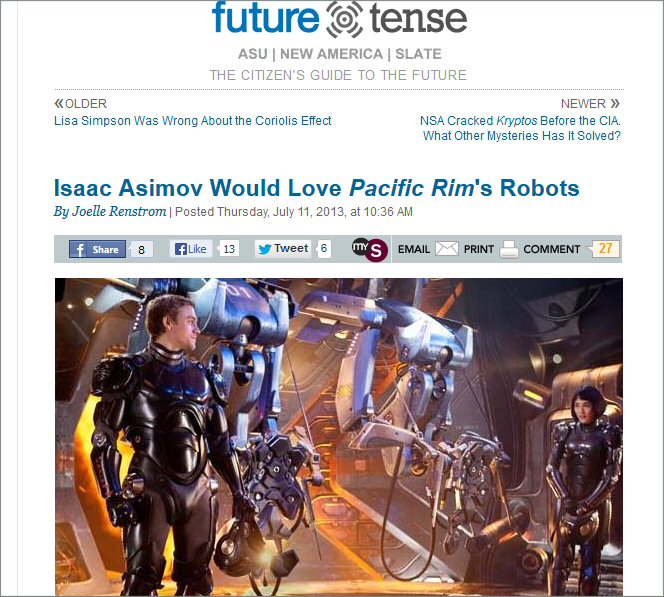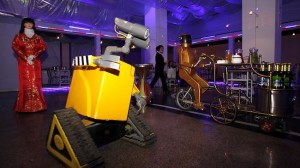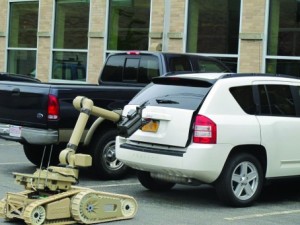
On Fringe, Walter Bishop frequently saves the day and the victim of the genetic mutation of the week with a single dose of a furiously concocted formula. And while simply watching the show means I’ve long suspended my disbelief, every time it happens I can’t help but think, yeah right. A single injection is not going to turn that razor-toothed, spinal fluid-sucking lady into the respectable human being she used to be, but presto! Walter manages it every time.
We all know that doctors can cure or prevent certain illnesses with a single jab of a needle, but what about more pervasive conditions?
It can happen—if you’re a mouse.
Recently, scientists from Johns Hopkins and the National Institutes of Health were able to cure Down syndrome in newborn mice with a single injection.
Of course, as with other medical experiments, the scientists first had to genetically engineer the mice to have extra copies of some of the genes on chromosome 21 that cause Down syndrome in humans, thus causing the mice to exhibit symptoms similar to humans who have Down’s. This is pretty much what happens on Fringe, except the scientists are evil, and never anticipate the violence and drama their wacky experiments will cause.

SAG-injected mice (TsSAG) versus non-SAG-treated Down syndrome mice (TsVeh)
versus normal mice (EuVeh)
(Courtesy Science Translational Medicine/AAAS)
When the mice were born, they exhibited smaller brain volumes and cerebellums, consistent with characteristics of Down’s. But on that first day, scientists injected them with a drug called SAG, which stimulates something called the Sonic Hedgehog pathway. In flies, embryos that lacked the Hedgehog protein became prickly balls, and whoever first discovered that must have enjoyed playing Sega. After all, studies show that gamers would make particularly adroit surgeons.
Anyway, the dose of SAG stimulated the Hedgehog pathway by mimicking a signaling protein, which ultimately led to completely normal development of the cerebellums of the affected mice. Not only that, but the mice that received the injection completed memory and learning tests and scored just as well on the SATs as the normal mice, even though those functions are controlled by the hippocampus, a completely different part of the brain.
The breakthrough represents hope for the eventual development of a human treatment for the currently incurable condition. While the drug “worked beautifully” on the mice, messing with the Hedgehog is risky. The pathway is crucial to brain development, so stimulating it biochemically could have unintended consequences, such as cancerous growths in the brain. The mice didn’t show evidence of such side effects, but considerably more testing needs to take place before anyone tries the drug on humans. Although that’s never stopped Walter Bishop.



















